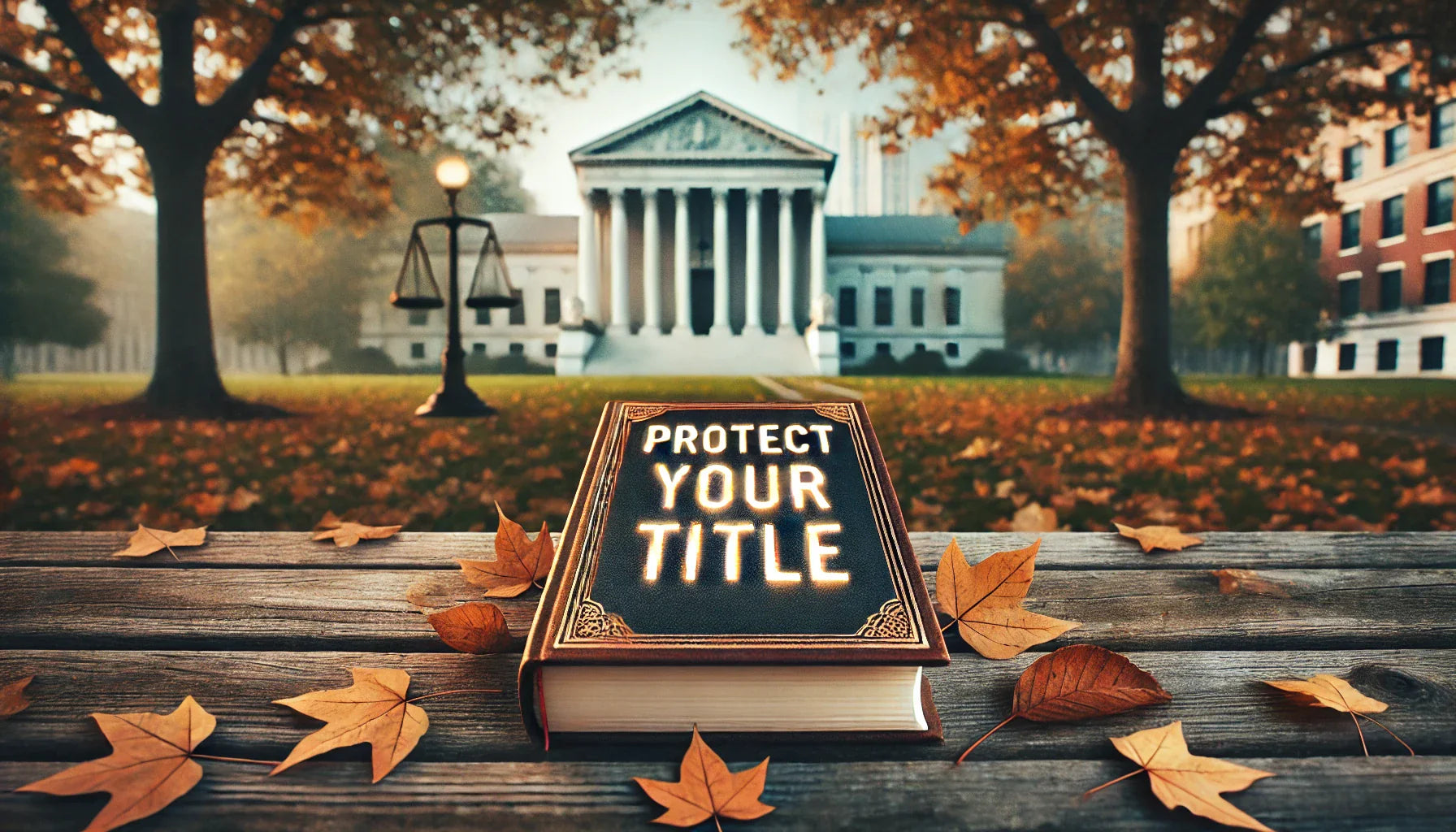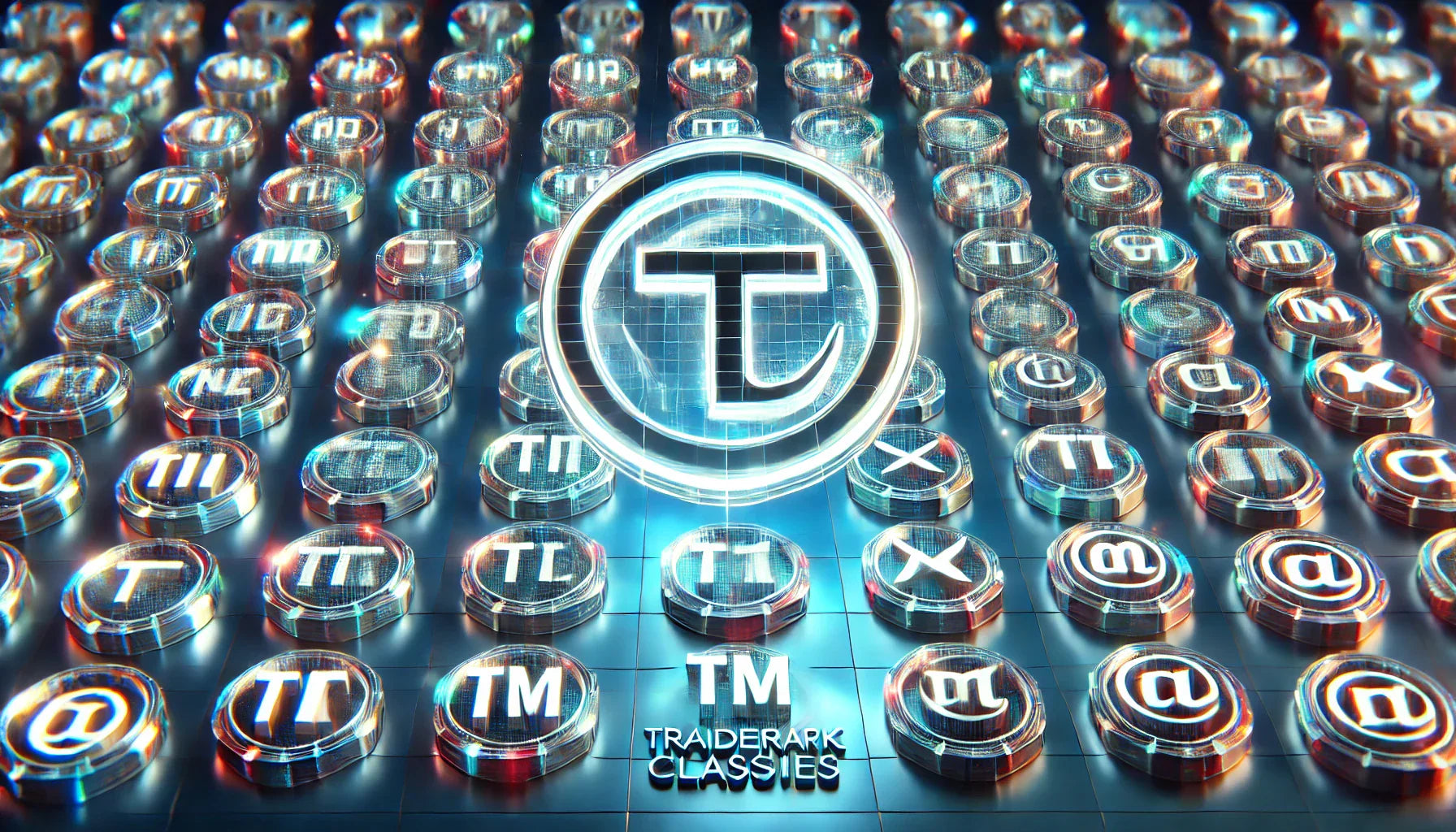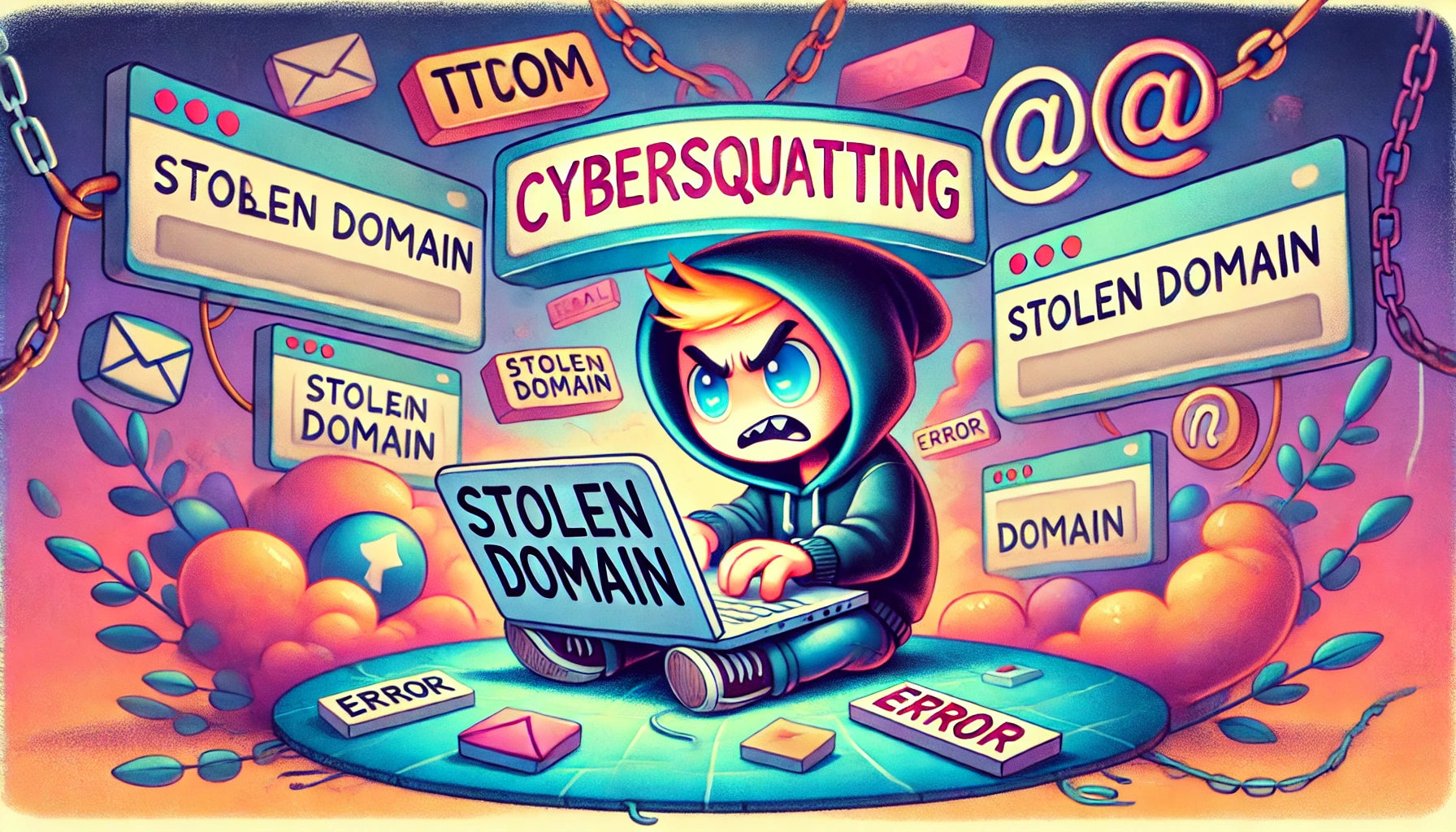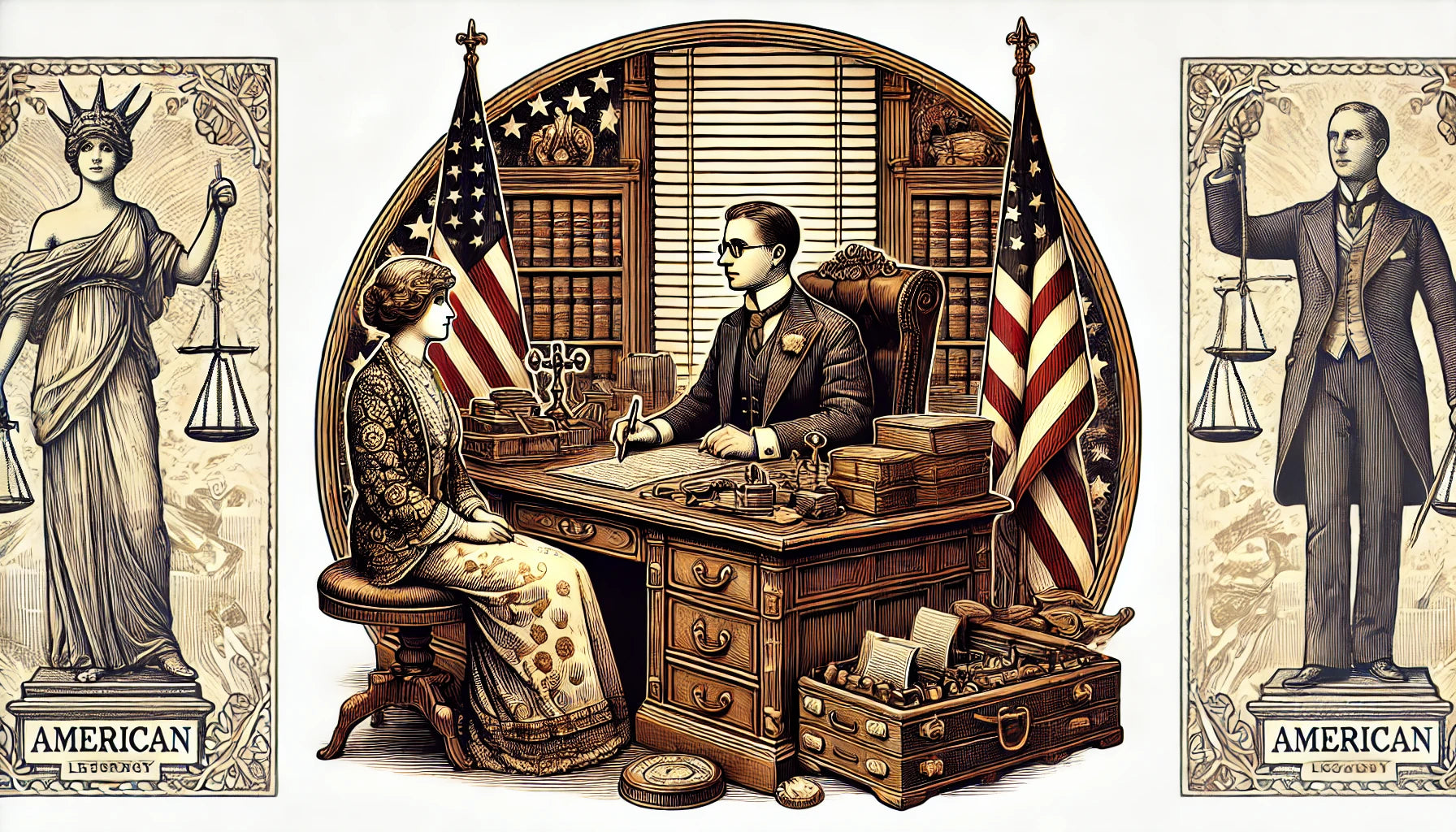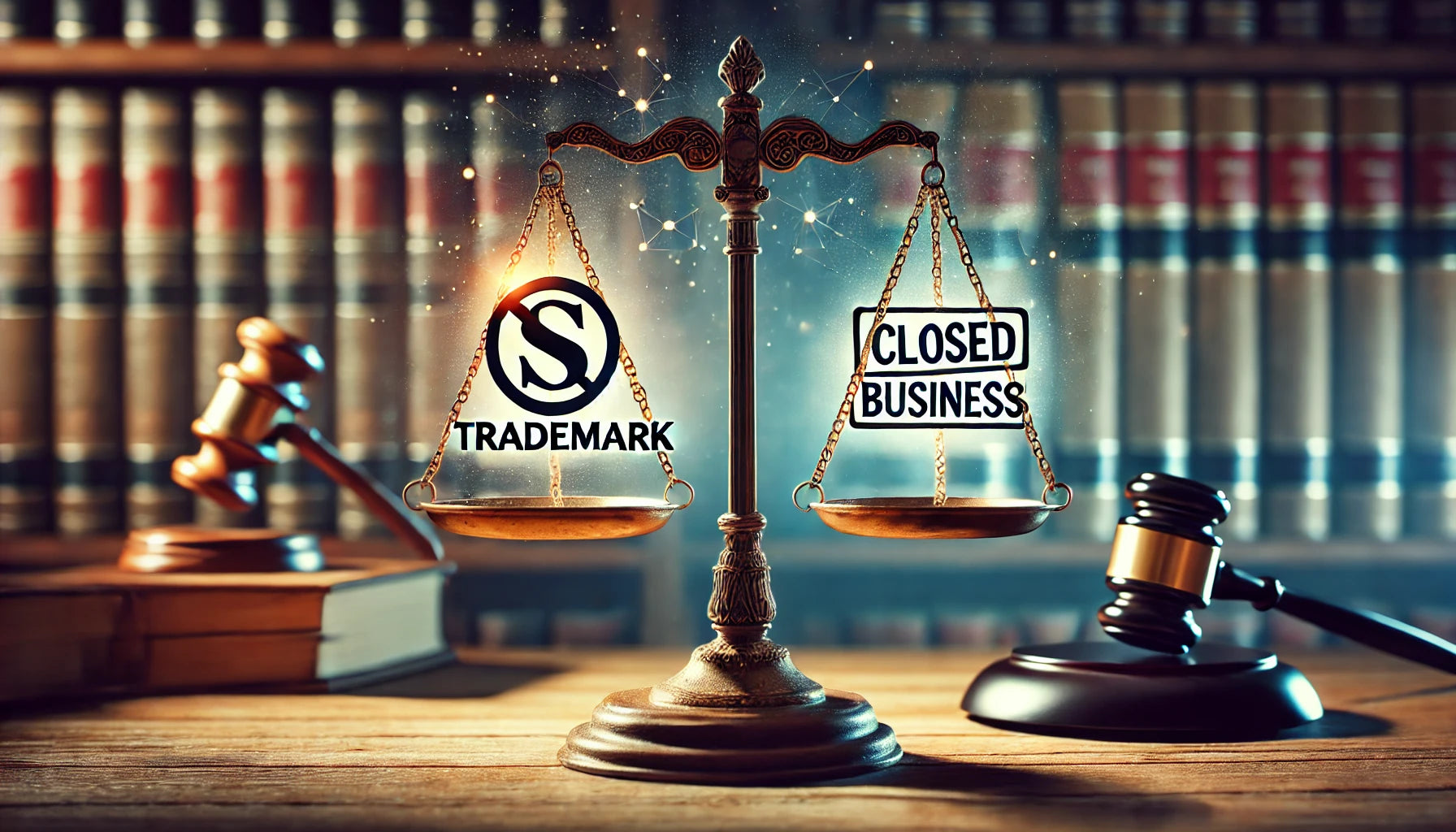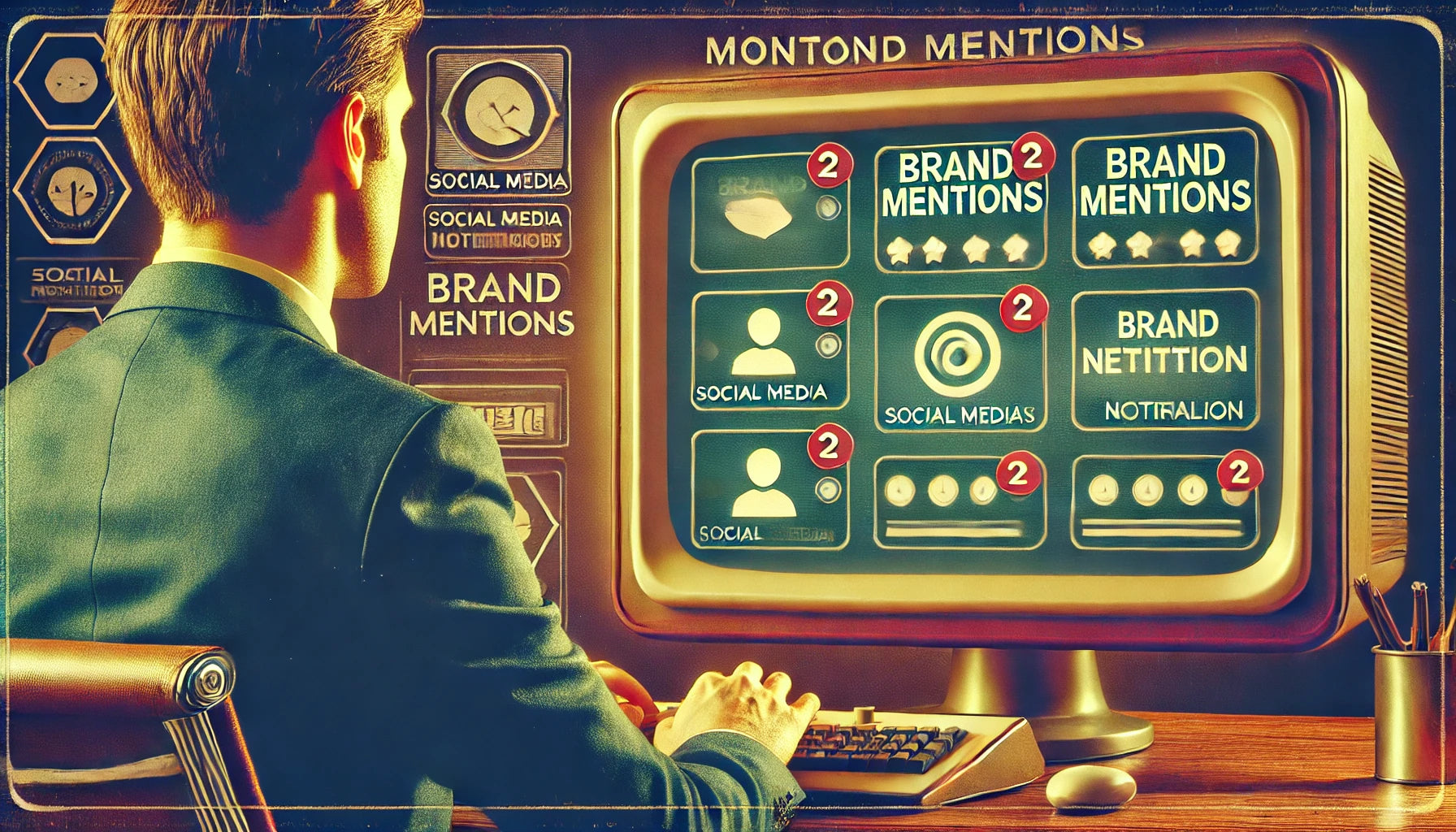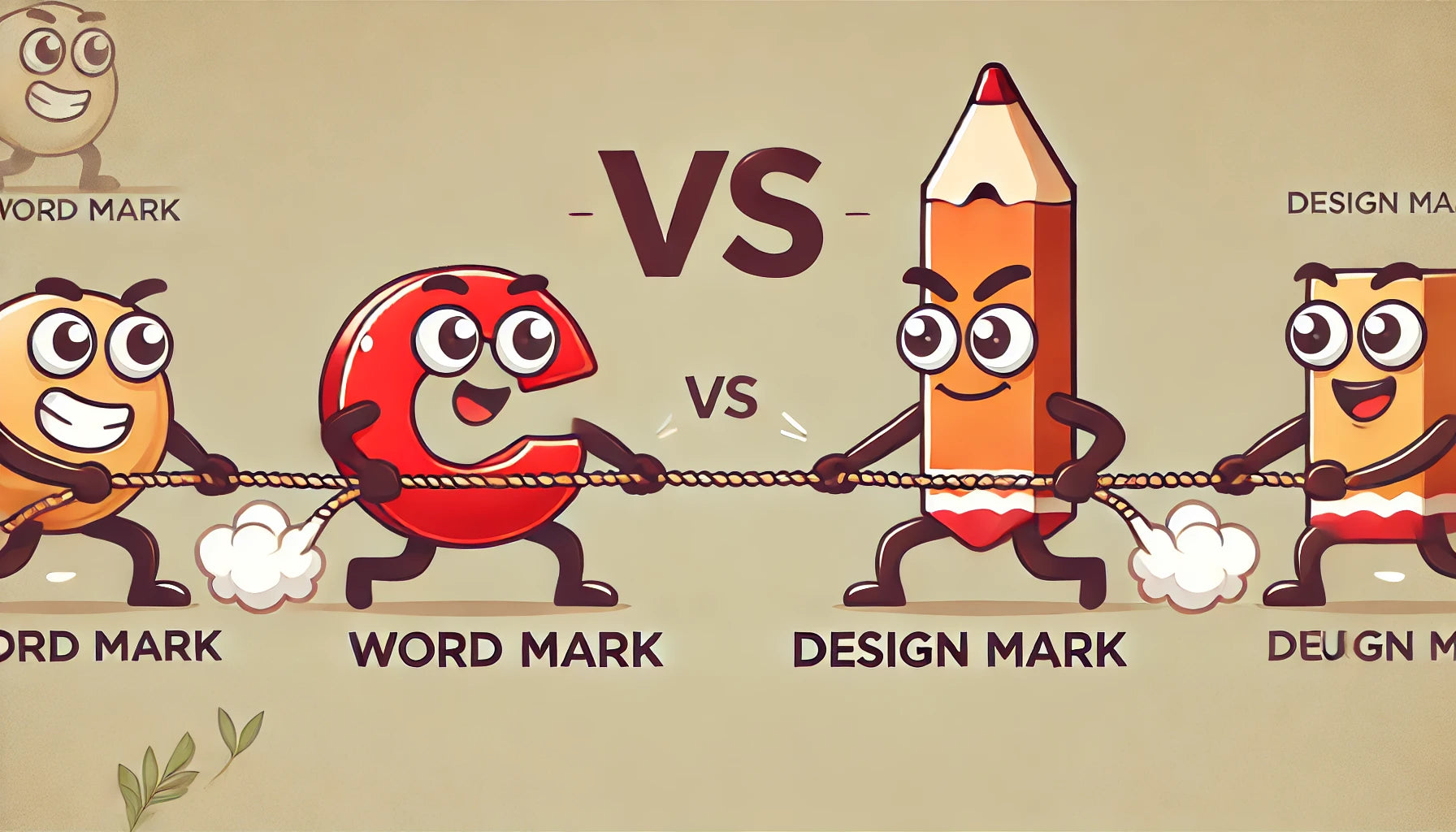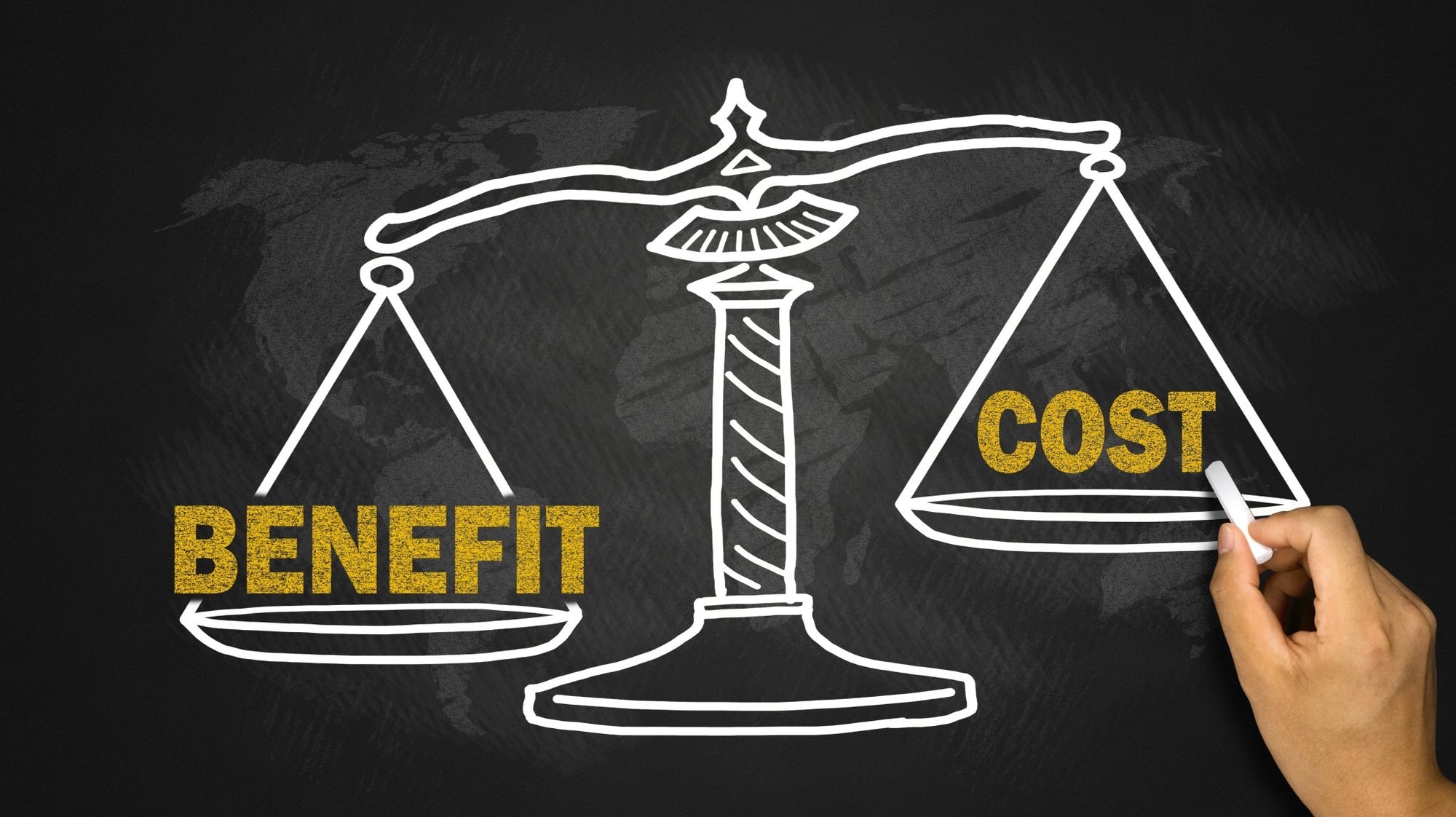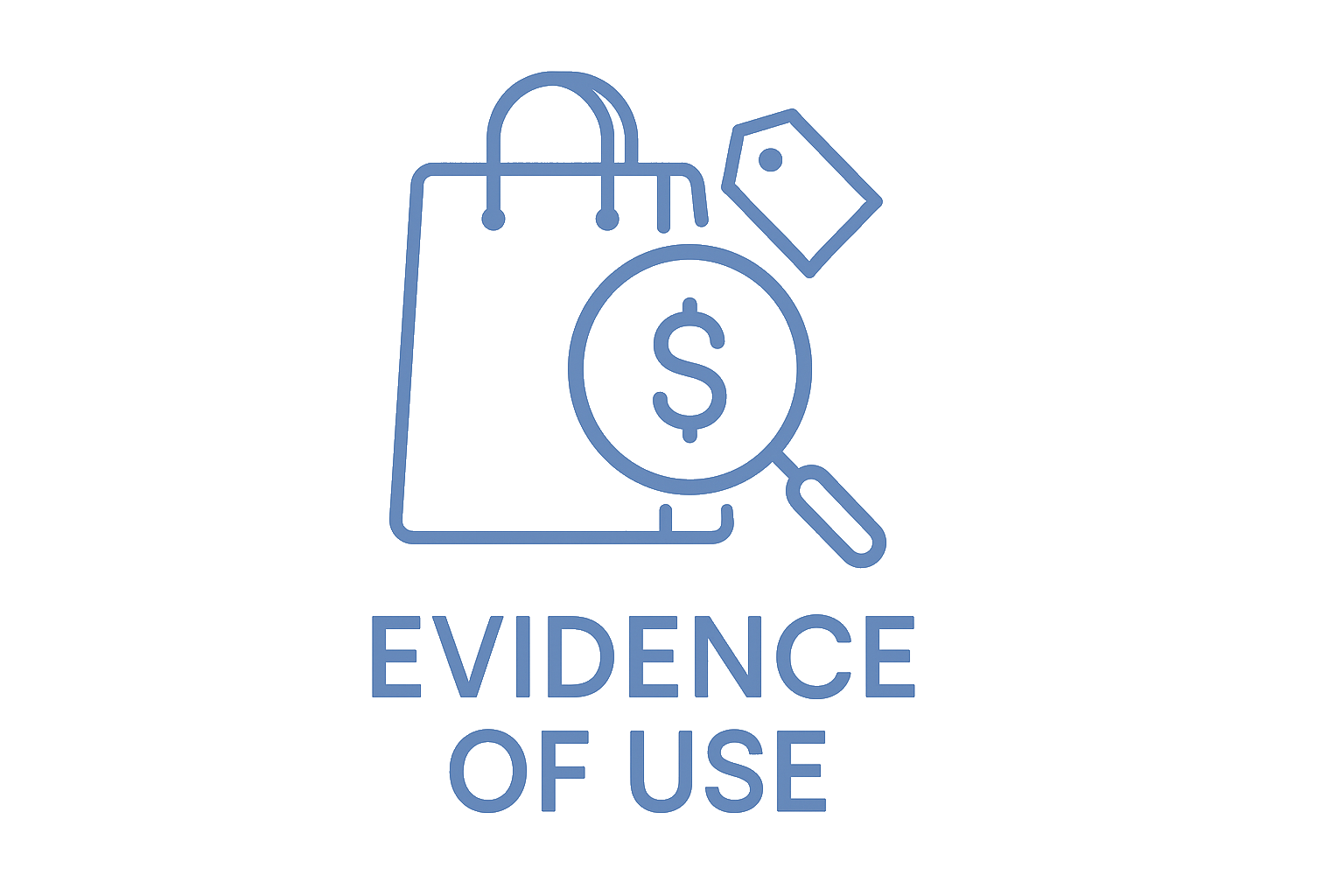Experience | Expertise

Experience | Expertise
Trademark examiners often request changes to goods and services descriptions to ensure compliance with classification rules. Learn why these edits are necessary, how to navigate...
Did you know you can trademark a brand name but not claim ownership over common words? That’s where trademark disclaimers come in. They keep businesses...
Trademarks must be distinctive to get legal protection, meaning generic names like 'Tasty Burgers' often get rejected. This guide explores how to craft a strong,...
Trademark rejection for "confusingly similar" can derail your brand plans. This guide breaks down what it means, why it happens, and how to avoid it....
Not every business element needs a trademark. This guide breaks down when to protect your brand in mobile apps, promotional merchandise, social media, and apparel....
Favicons are small but mighty in brand identity. Can you trademark yours? This article explores the legal, strategic, and business benefits of favicon trademarks, plus...
The U.S. Trademark Supplemental Register is a valuable tool for brands that aren’t yet distinctive enough for full trademark protection. Learn how it works, why...
Can you trademark a book title in the U.S.? Single titles generally don’t qualify, but series titles and brands can. This guide explains the rules,...
Trademark classes are key to protecting your brand, but how many should you select? Filing under one class is cost-effective, but limits protection. Filing for...
Protecting your board or card game with a trademark is essential in today’s competitive market. This guide explains the process, benefits, and common pitfalls to...
Cybersquatting is a growing issue in the digital age. This article explores what it is, the criteria to identify it, and your legal options. Whether...
The USPTO requires foreign applicants to have a US attorney for trademark filings—a rule aimed at combating fraudulent claims and protecting US businesses. Explore the...
When a business closes, its trademarks don't automatically go free. These valuable assets remain protected under intellectual property law until officially abandoned, sold, or transferred....
Trademark oppositions at the USPTO are mini-lawsuits that safeguard brand integrity and prevent conflicts. From filing a Notice of Opposition to navigating TTAB proceedings, learn...
Comparative advertising can be a powerful tool, but it’s fraught with legal risks. This article dives into the dos and don’ts of comparing your products...
Navigating the 'merely descriptive' hurdle in U.S. trademark law can be tricky. Discover why the USPTO rejects descriptive marks, learn real-life examples, and explore strategies...
Learn how 'Limited Edition' claims drive sales by creating urgency and exclusivity. This article explores the psychology behind scarcity marketing, real-world examples from major brands,...
Trademark classes are the foundation of brand protection, categorizing your business’s goods and services to ensure your trademark's legal coverage. This guide covers what trademark...
Advertising campaigns do more than sell products—they shape brand identity, foster customer loyalty, and build long-term brand equity. This article dives into how campaigns affect...
Packaging is more than just wrapping—it’s the first handshake with your brand. Dive into the ways good design influences buying decisions, builds loyalty, and sets...
Dive into the power of advertising in building brand equity, from shaping consumer perceptions to creating lasting brand loyalty. Discover examples of iconic campaigns that...
Choosing the right advertising channels can be a game-changer for businesses. From traditional TV and radio to social media and search engines, each channel has...
Expanding globally means more than opening new offices. Our latest guide explores how cultural intelligence, strategic localization, and strong brand identity can elevate your presence...
Eco-friendly labels are everywhere, but not all are created equal. From vague claims to genuine certifications, businesses use a range of tactics to appeal to...
Influencer marketing has grown from trendsetting to revenue-driving. Brands leverage influencers from nano to mega for authentic connections, while AI and virtual influencers redefine campaigns....
Explore the essentials of online brand guardianship: from setting up Google Alerts to partnering with influencers, learn practical steps to protect your brand and maintain...
Choosing the right trademark—word mark or design mark—can shape your brand's future. Word marks protect text, offering flexibility across styles, while design marks create a...
Trademark registration is the process of legally protecting a brand name, logo, or other identifying symbol associated with a product or service. While trademark registration...
One of the important steps in building a business is considering what brand or name you will use to promote and identify the product. But...
Proving trademark use requires real-world evidence—no “coming soon” promises! Learn what counts as genuine proof, how to avoid rejection, and why ongoing documentation is key...










